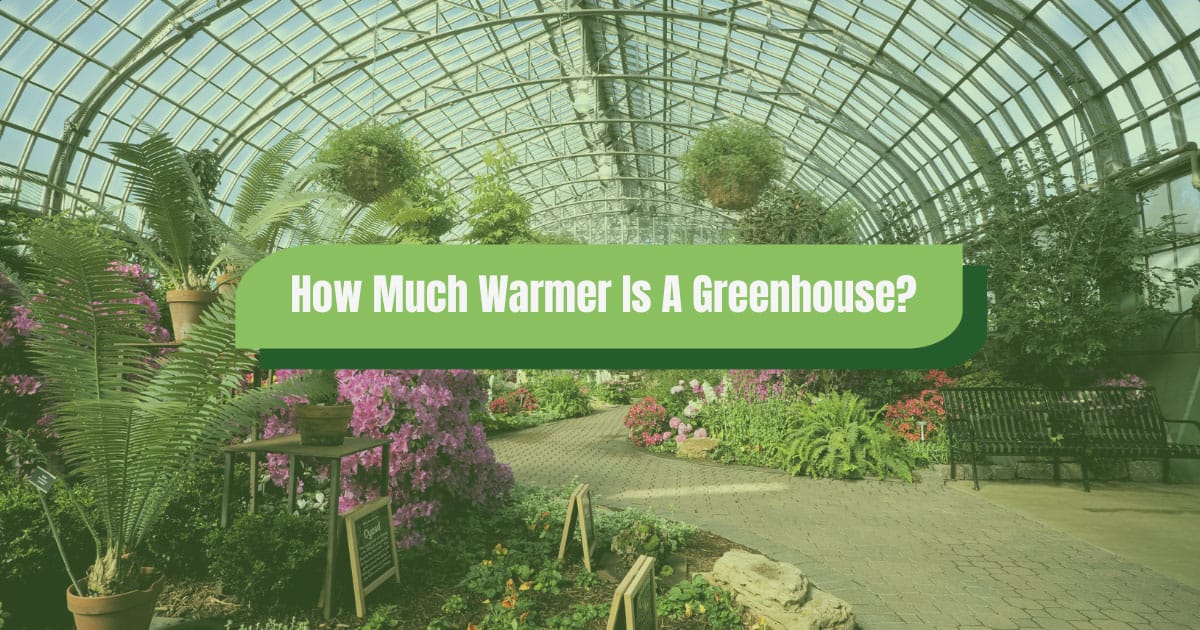Ah, the age-old question every budding gardener asks: “How much warmer is a greenhouse?” Well, to give you a quick answer right off the bat, a greenhouse can be significantly warmer than the outside environment, often by up to 30˚F.
But, as with all things gardening, there’s more to the story. In this article, we’ll not only delve deeper into the magic behind this warmth but also explore the science of how greenhouses trap heat, their performance during nighttime, and tips to keep your green plants cozy during the colder months.
From our years of experience at Greenhouse Emporium, we’ve gathered a wealth of knowledge, and we’re excited to share it with you. So, whether you’re a seasoned gardener or just starting out, stick around as we uncover the wonders of greenhouses.
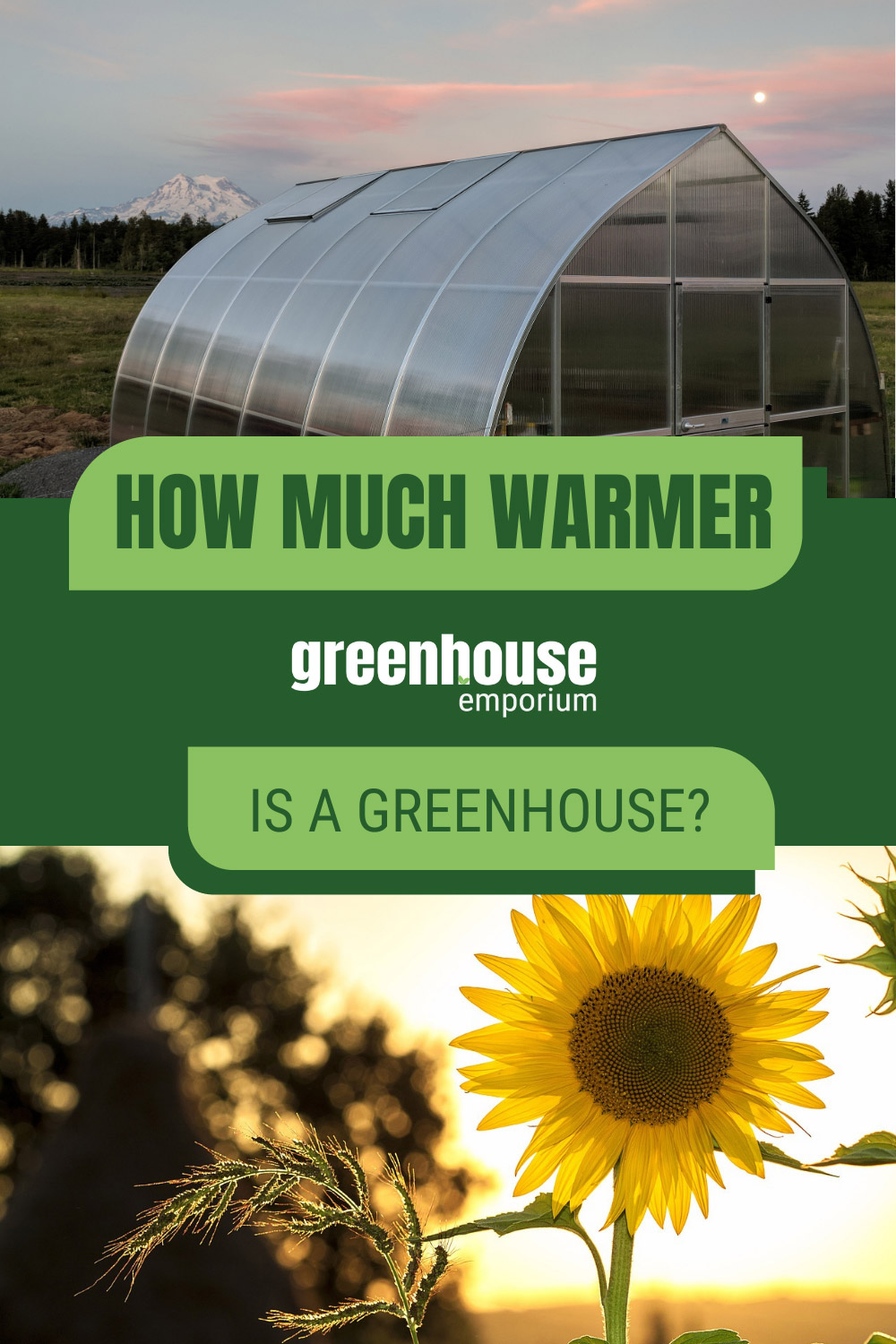
How Much Warmer Is a Greenhouse Than Outside?
On average, a greenhouse can be up to 30˚F warmer than the outside environment. However, this can vary based on the type and insulation of the greenhouse.
For instance, a single-layer greenhouse might show a temperature difference of 5 to 10˚F, while a double layer can be around 9 to 14˚F warmer. But remember, even a slight temperature boost can make a world of difference, especially during those chilly days.
How Does a Greenhouse Get Warm?
At its core, the warmth of a greenhouse boils down to a fascinating balance of science and design. When sunlight enters the greenhouse, it’s primarily in the form of visible light, which easily passes through the transparent materials, like glass or polycarbonate, that most greenhouses are made of.
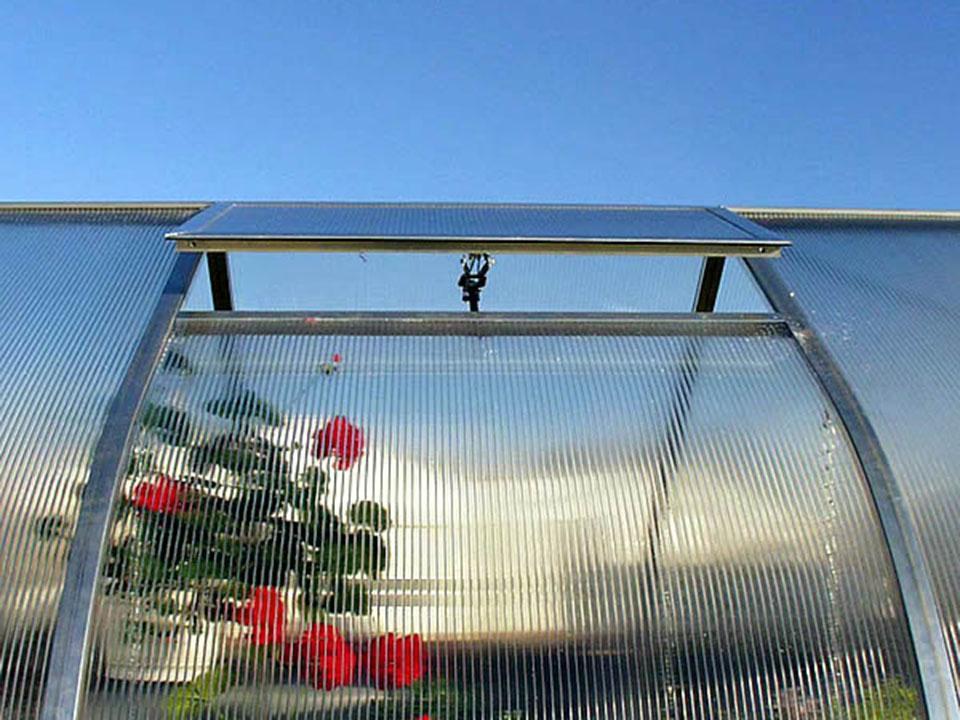
Once inside, the objects and plants within the greenhouse absorb this light, converting it into heat.
Now, here’s where the magic happens: this heat, which is infrared radiation, tries to escape back out. But, due to the properties of our greenhouse materials, it’s not as easy for infrared radiation to pass through as it was for visible light. So, much of this heat gets trapped inside, creating a warmer environment.
Think of it as a natural heater. The sun does the job of heating, and the greenhouse’s structure ensures that this warmth stays put. It’s a bit like how a car heats up when left in the sun, a phenomenon many of us have experienced.
But with greenhouses, this effect is harnessed intentionally, providing a nurturing, warm environment for plants to thrive, even when it’s chilly outside. It’s not just about trapping heat; it’s about creating a consistent, controlled climate for optimal plant growth.
Does it stay warm at night?
Absolutely! Greenhouses are designed to retain heat effectively. During the day, sunlight is absorbed and converted into heat within the greenhouse. As nighttime approaches, even though there’s no more sunlight, the heat doesn’t just disappear. But, how does a greenhouse stay warm at night?
The materials of the greenhouse, such as the floors and any water containers, have stored some of this heat. At night, they slowly release this stored heat, helping to maintain a warmer temperature inside.
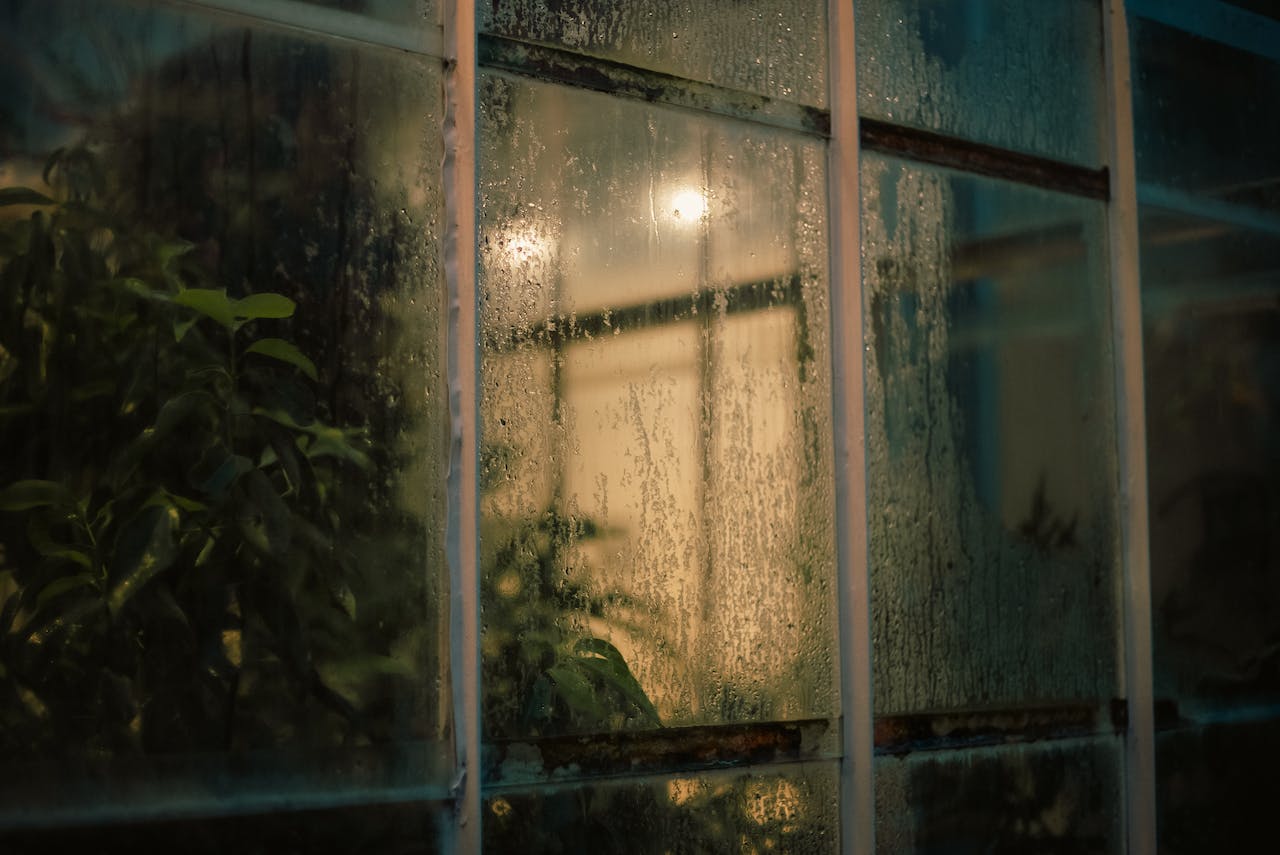
This process, known as ‘thermal inertia,’ ensures that the temperature drop inside the greenhouse is minimal. As a result, plants inside the greenhouse experience a more stable environment, protected from the colder temperatures outside.
What is the maximum temperature?
The maximum temperature a greenhouse can reach is influenced by a myriad of factors. The type of greenhouse, its location, the materials used, and the prevailing external weather conditions all play a role. But, how hot do greenhouses get? Let’s dive in.
A small, plastic-covered greenhouse might see temperatures spike more rapidly on a sunny day compared to a larger, glass-structured greenhouse. Similarly, a greenhouse located in an area with intense sunlight, like the desert regions, can experience temperatures exceeding 100°F (38°C) on particularly hot days.
However, it’s not just about the raw numbers. The real concern is the impact of these temperatures on your plants. Most plants have a temperature range in which they thrive.
Exceeding this range can cause stress, wilting, or even death. For example, while tomatoes might flourish in temperatures up to 85°F (29°C), anything beyond can hinder their growth and fruit production.
So, how can you figure out the maximum temperature of your greenhouse? Here are some steps:
- Monitor Regularly: Invest in a good-quality thermometer or a digital temperature monitor. Place it in a shaded area of your greenhouse to get accurate readings.
- Track External Conditions: Keep an eye on the weather forecast. Sunny, clear days are typically when the greenhouse will get the hottest.
- Understand Your Greenhouse: Different materials absorb and radiate heat differently. Knowing the specifics of your greenhouse can help you anticipate temperature spikes.
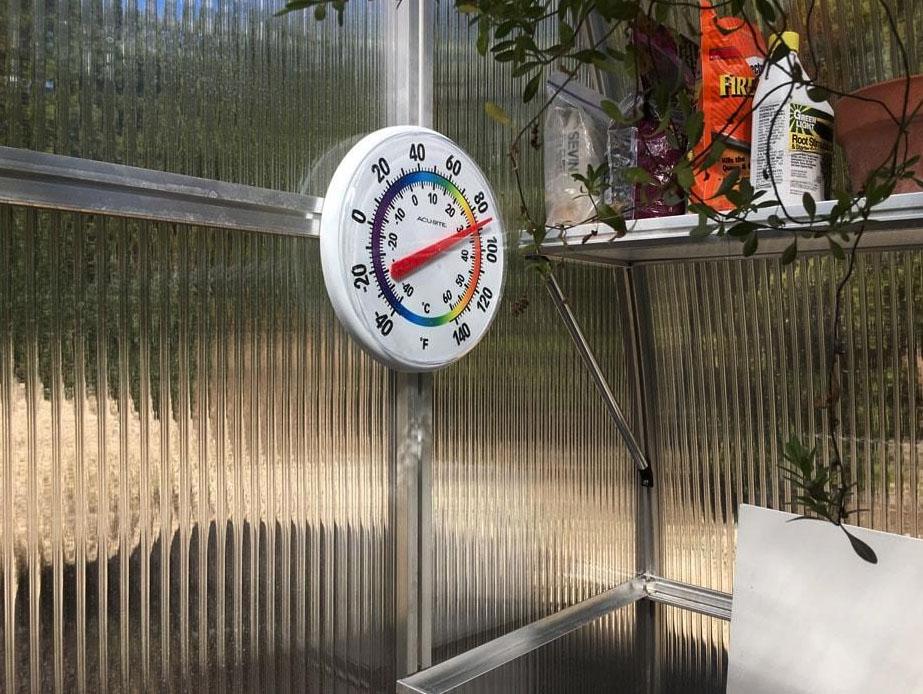
Lastly, always ensure proper ventilation. On days when you expect high temperatures, open vents, and doors, or use shade cloths to regulate the internal temperature. Automated vent openers can also be a valuable addition, as they open and close based on the internal temperature, ensuring your plants always have an optimal environment.
How To Keep Your Greenhouse From Freezing
Winter can be a challenging time for greenhouse gardeners. But with a bit of preparation and some tried-and-true techniques, heating a greenhouse and keeping it at the correct minimum greenhouse temperature is easy. Based on our extensive research and hands-on testing at Greenhouse Emporium, here are some effective strategies depending on your greenhouse’s heating requirements:
Insulation is key
- Bubble Wrap: One of the most cost-effective methods is lining your greenhouse with bubble wrap. It provides an additional layer of insulation, trapping heat and reducing heat loss. Plus, it still allows light to penetrate, ensuring your plants get the necessary sunlight.
- Weather Stripping: Seal any gaps in doors and windows with weather stripping. Even the tiniest of gaps can let out a significant amount of heat.
Increase thermal mass
- Water Barrels: Filling large barrels with water and placing them inside your greenhouse is one of the best ways to heat a greenhouse without electricity. Water has a high heat capacity, meaning it can store a lot of heat. During the day, the water warms up, and at night, it releases this stored heat, helping to keep the temperature stable.
- Brick Walls And Rocks: These materials act similarly to water barrels. They absorb heat during the sunny hours and release it slowly as the temperature drops, providing consistent warmth.
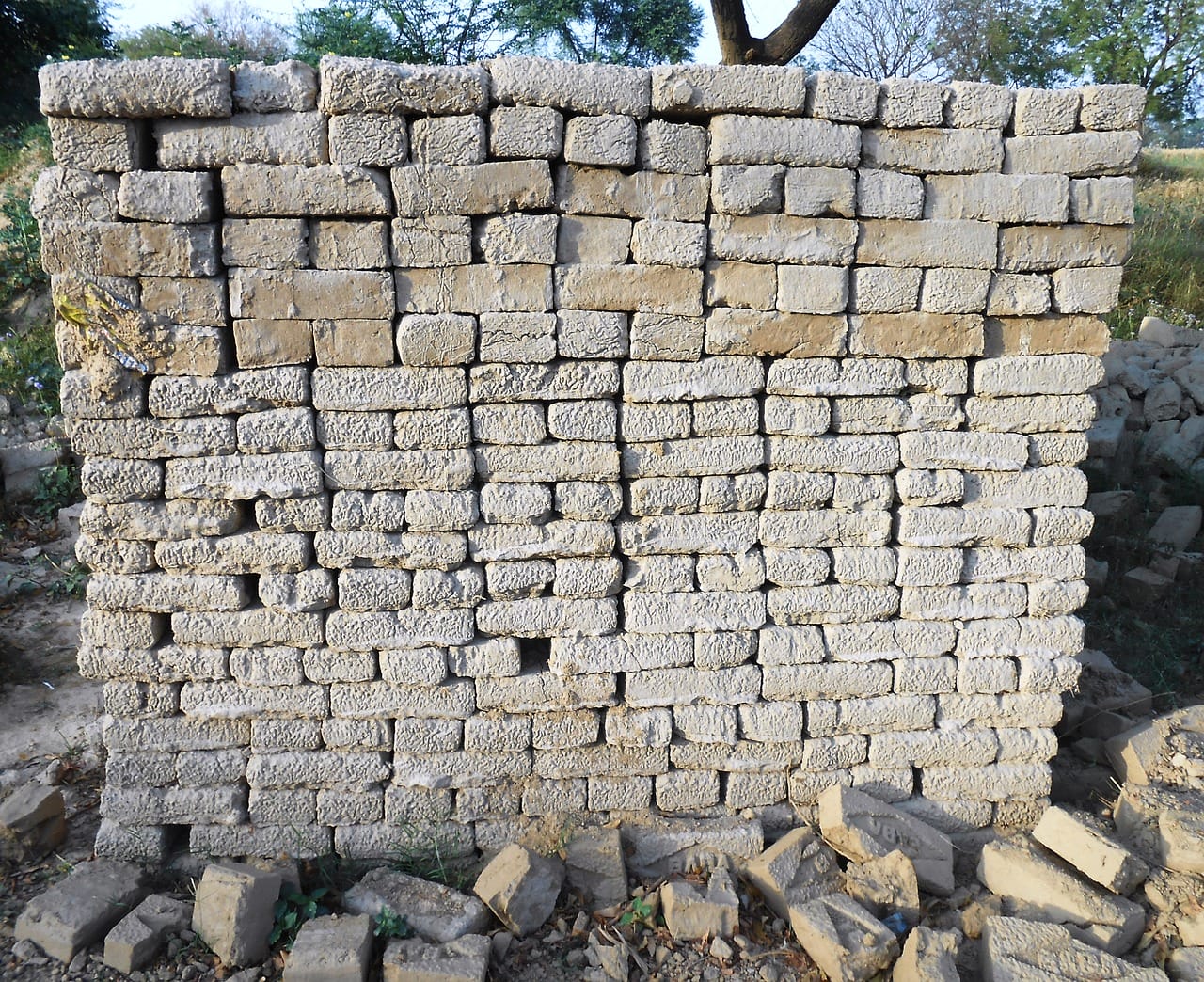
External heating
- Electric Greenhouse Heaters: These are specifically designed for greenhouses. They come with thermostats and fans to distribute the heat evenly. Remember to place them in a location where they won’t get wet and always follow safety guidelines.
- Gas Heaters: An old-school method, but still effective. They’re ideal for smaller greenhouses and can provide heat for up to a week on a single fill, depending on the model.
- Solar-powered Heaters: If you’re looking for an eco-friendly option, solar heaters can be a great choice. They capture sunlight during the day and convert it into heat.
Ventilation
While it might seem counterintuitive, proper ventilation is crucial, even during winter. It helps in regulating humidity levels and preventing mold growth. On sunny winter days, the temperature inside the greenhouse can rise quickly. Having vents or automated systems in place ensures excess heat and moisture are released.
By implementing these strategies, you can create a warm haven for your plants, ensuring they thrive even when the world outside is blanketed in snow.

